Circular economy is an economic model which produces economic wellbeing within the Earth’s carrying capacity. Circular economy makes effective use of digitalization and restructures our society and its functions.
The five business models of circular economy are:
- Renewability
- Sharing platforms
- Product as a service
- Extending the product life cycle
- Resource efficiency and recycling
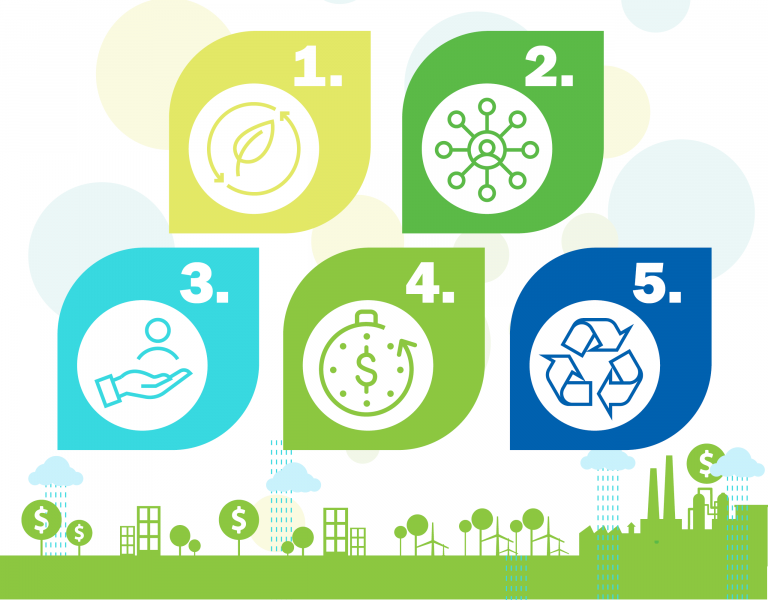
Different economic models
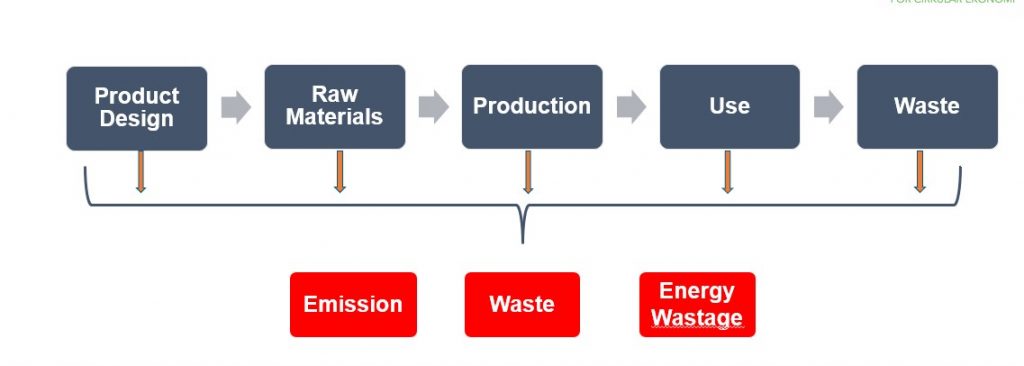
The Linear Model
According to the linear economy model principles, goods are produced, consumed and then thrown away. Natural resources are used for production and consumption when required. This model depends on large quantities of inexpensive, readily available raw materials and energy
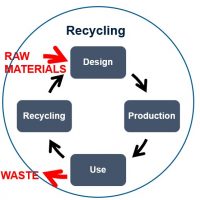
The Recycling Model
In the recycling model, waste materials are reused as raw materials for new goods. However, sorting materials that are in a good condition for recycling from those that are in a poor condition can be cumbersome. Therefore, the linear model’s relatively cheap and readily available virgin materials may offer an easier option for goods production.
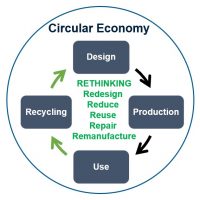
The Circular Model
In Circular Economy, new goods are not produced constantly, but the existing materials and goods are reused wherever possible. In this model, waste and surplus materials are minimized through product and service design, sharing, leasing, rental, repair, reuse and recycling.
Why we need circular economy
Overconsumption of natural resources, climate change and biodiversity loss are alarming concerns that are internationally recognized. The growth of economies and wellbeing cannot be sustained through exhausting natural resources for the production and purchase of new goods. Circular economy, however, can offer a solution to overcome these challenges.
Following the circular economy principles can result in more efficient ways of running a business as well as savings. The waste from used materials or equipment, for example, can be minimized by utilizing it in a different way. Adopting the circular economy business model is essential in today’s competitive market. Businesses operating according to these principles are better protected from risks caused by shortage of resources or climate change than businesses operating on traditional business models. This makes them more appealing for investors.
In the same way as digitalization, circular economy will change the way we function in business, public administration as well as everyday life. The transition towards carbon neutrality brought about by circular economy offers Finnish businesses an opportunity to change the way they operate whilst expanding to new markets and promoting sustainable growth.
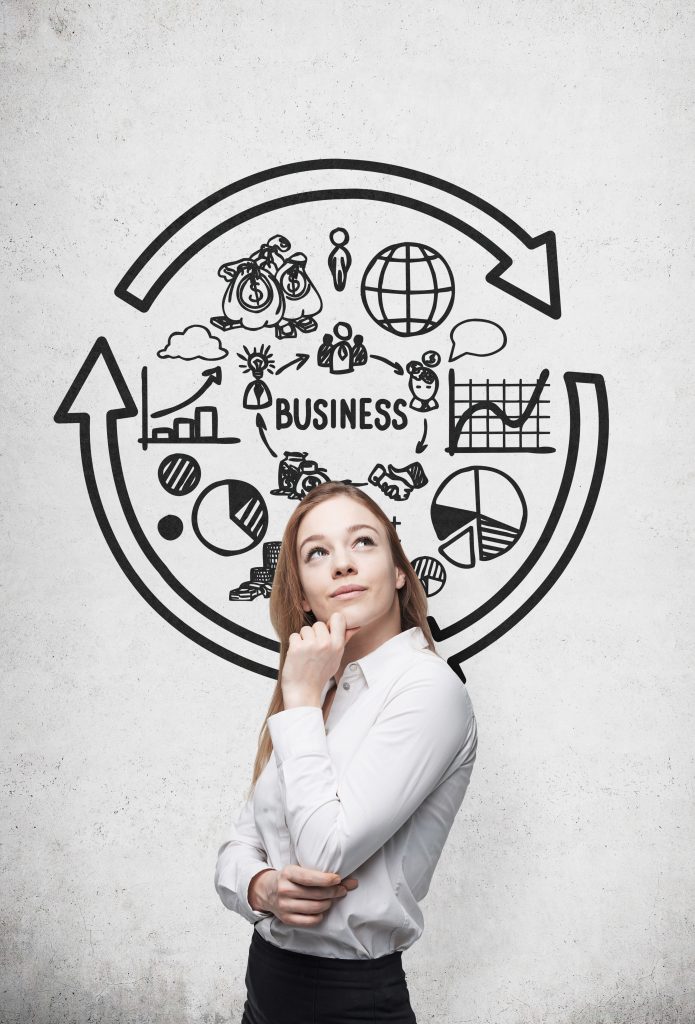
Other inspiring circular economy projects
In addition to our own Climate & Circular Economy Factory project, there are other similar projects of interest, for exmaple:
CICAT 2025 explores a wide range of circular economy catalysts that have the potential to accelerate the the transition from linear to circular economy and adoption of circular economy principles in society and markets.
Circwaste – towards circular economy in Finland aims to make Finland a forerunner in circular economy by promoting efficient use of material flows, waste prevention and new waste and resource management concepts.The project maintains a website listing circular economy courses and education available in Finland.
More about cicular economy:- Sitra
- Ministry of the Environment
- Finnish Environment Institute
- European Parliament